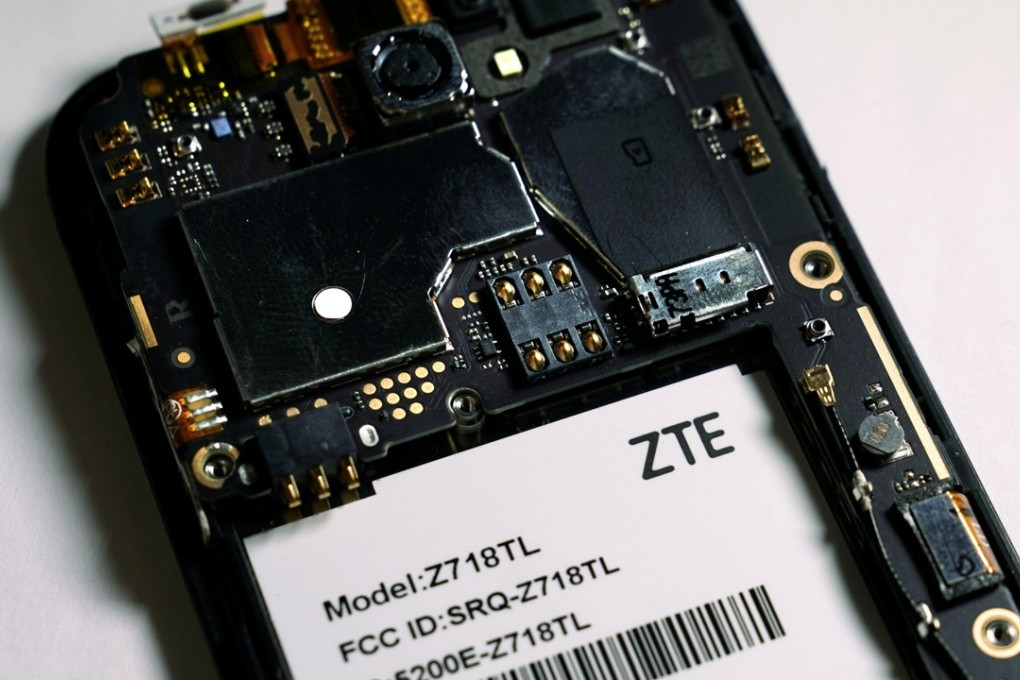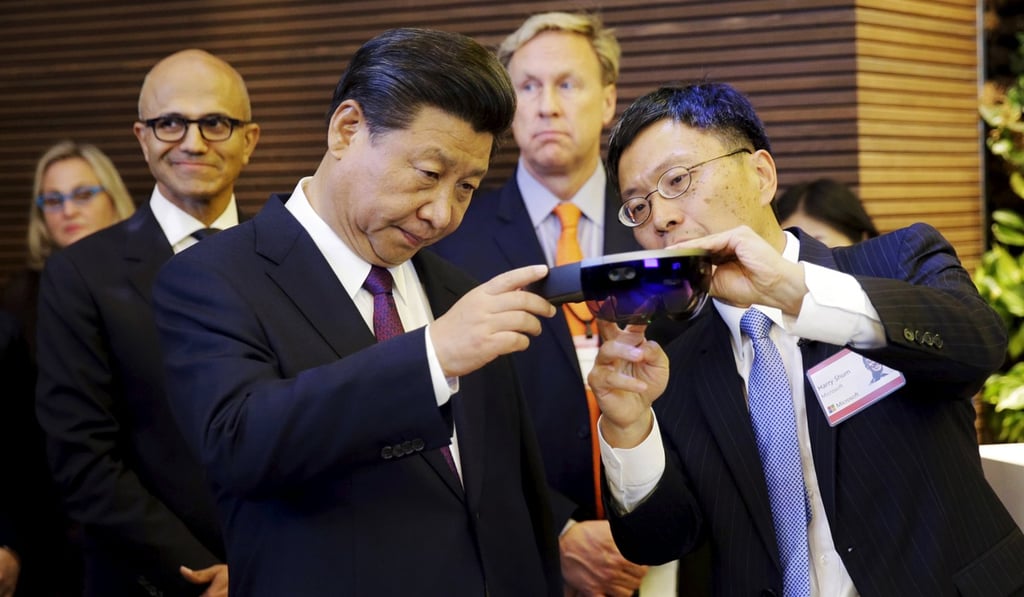China Briefing | ZTE row shows China still needs international tech to shine — bravado only fuels Western worries
Beijing is still heavily reliant on imported technologies to make its own high-end achievements possible

The move has not only thrown the very survival of the major telecom equipment manufacturer into question and threatened the jobs of tens of thousands of people, but it has also focused popular attention on the hard truth about the fragility and bottlenecks of China’s much-touted technological prowess.
It came as Beijing and Washington were positioning themselves for a potential trade war and followed explicit statements from top US officials that Washington would seek specifically to curb Beijing’s technological advances and thus its overall economic rise.

Over the past week, the state media has taken a break from its fiery patriotic tone and displayed a rare reflective mood. It has highlighted how ZTE and other Chinese tech companies have largely relied upon imported American chips – the key components for computers and mobile phones – and reflected on the sore need to develop China’s own core technologies.
